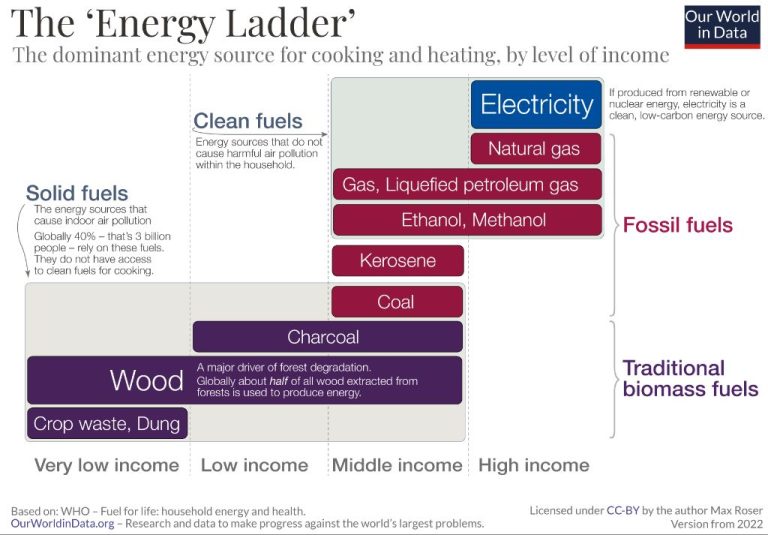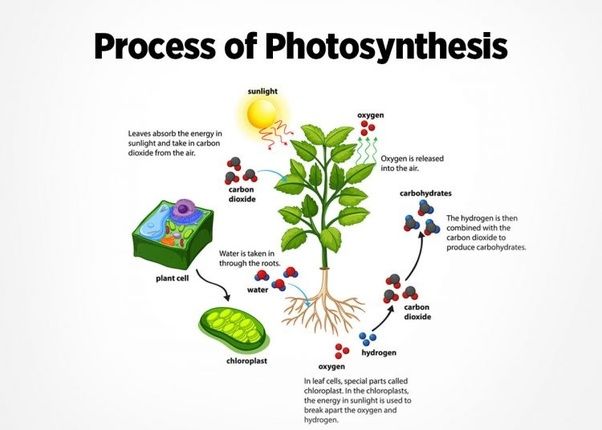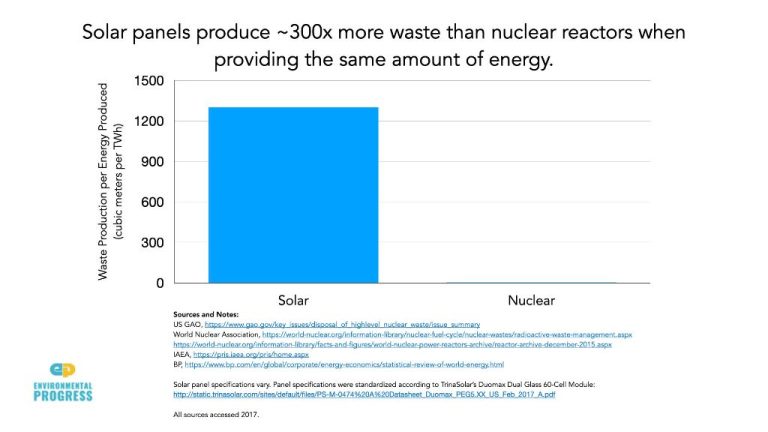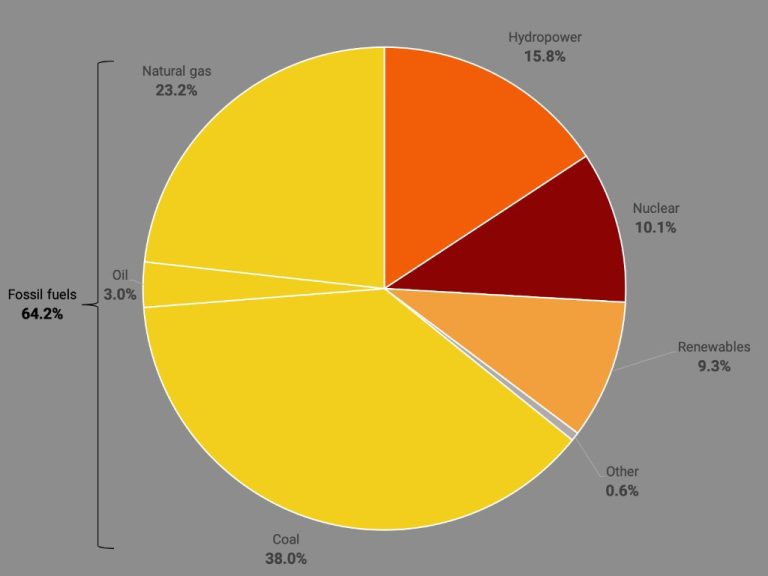Can Electricity Increase Magnetism?
Electromagnetism refers to the relationship between electricity and magnetism. While electricity and magnetism were once seen as separate phenomena, scientists discovered in the 19th century that electric currents can produce magnetic fields. This interplay between electricity and magnetism is known as electromagnetism.
The discovery that electric currents generate magnetic fields enabled the invention of electromagnets, which are coils of wire that act as magnets when an electric current passes through them. Electromagnets demonstrate how electricity can modulate and increase the strength of magnetism. Through manipulating electric currents and electromagnets, it is possible to precisely control magnetic fields and apply them in a variety of technologies.
This article will provide an overview of electromagnetism and how electricity can increase magnetism through the use of electromagnets and induction. We will also explore some key applications of electromagnets and the physics equations that describe electromagnetic phenomena.
Electromagnetism Overview
Electromagnetism refers to the interaction between electricity and magnetism. Electricity and magnetism are intimately related and fundamentally linked together. This relationship was first demonstrated in the early 1800s by Hans Christian Ørsted, who showed that an electric current produces a magnetic field.
Electromagnetism describes how the two phenomena interact – an electric current generates a magnetic field, while a changing magnetic field generates an electric current. They are two sides of the same coin. The creation of one leads directly to the creation of the other.
This linkage arises due to electrons, which carry electric charge, also having magnetic properties associated with their spin. Moving electrons in an electric current generate a magnetic field perpendicular to the direction of flow. The interplay between electricity and magnetism is what allows electromagnets, electric motors, generators and many other applications to function.
Electric Currents Produce Magnetic Fields
When electric charges flow in a wire, they generate magnetic fields around the wire. This is because electricity and magnetism are intimately linked phenomena known as electromagnetism. A fundamental principle discovered by Danish physicist Hans Christian Ørsted in 1820 is that electric currents create circular magnetic fields around the flow of charges.
An electric current consists of moving charges – electrons flowing through a conductor like a metal wire. The motion of these electric charges generates a magnetic field that loops around the wire. The direction of the magnetic field depends on the direction of the electric current. When the current flows one way, the magnetic field loops clockwise around it. When the current is reversed, the magnetic field also reverses its direction of rotation around the wire.
The magnitude of the magnetic field produced is proportional to the amount of electric current. Higher electric currents induce stronger magnetic fields, while lower currents induce weaker magnetic fields. The strength of the magnetic field decreases rapidly as the distance from the wire increases.
This phenomenon of electric currents producing magnetic fields forms the basis for electromagnets, motors, generators, and many other technologies. The interplay between electricity and magnetism is fundamental to the workings of modern society.
Electromagnets
Electromagnets work by wrapping wire around a core, often made of iron, and running an electrical current through the wire. The current running through the wire generates a magnetic field oriented along the axis of the coiled wire. The magnetic field magnetizes the iron core, greatly strengthening the magnetic field. This creates a temporary magnet with magnetic strength proportional to the number of wire coils and the amount of current flowing through the wire.
Electromagnets are used in many applications that require the ability to turn a magnetic field on and off by controlling the electric current. Common uses include lifting heavy metal objects in industrial settings, particle accelerators, MRI machines, hard disk drives, loudspeakers, door locks, and magnetic separation processes. The ability to easily control the magnetic field strength makes electromagnets ideal for these applications.
Engineers can optimize the strength of an electromagnet by selecting an appropriate core material, adding more wraps of wire, increasing the current, and choosing the shape/dimensions of the core. Stronger magnetic fields require more turns of wire, more current, and better core materials like iron instead of steel. The core focuses and multiplies the magnetic field.
In summary, passing an electrical current through a wire coil wrapped around a core allows precise control over a concentrated magnetic field. This makes electromagnets an essential component in many mechanical and electrical devices.
Increasing Current Strengthens Magnetic Field
The strength of a magnetic field is directly proportional to the amount of electric current flowing through a conductor. This means that if you increase the current, the magnetic field strength will increase proportionally.
For example, doubling the current flowing through a coil of wire will double the strength of the magnetic field produced by that coil. There is a linear relationship between current and magnetic field – increase one and you increase the other by the same amount.
This principle is known as Ampère’s law and can be mathematically described as:
B = k * I
Where B is the magnetic field strength, I is the current, and k is a constant of proportionality.
The greater the current, the greater the alignment of electron spin and orbital motion, resulting in stronger magnetism. Each additional electron flowing through the wire contributes a little more magnetism.
This is why electromagnets used in motors, brakes, and cranes can lift heavier objects when the electric current is increased. More current yields a stronger magnetic force of attraction between the electromagnet and the iron object.
Applications of Electromagnets
Electromagnets are used in many important technologies and devices. Some notable examples include:
Electric Motors
Electromagnets are a key component of electric motors. The electromagnets interact with permanent magnets to spin a rotor and produce rotational force. Motors convert electrical energy into mechanical energy and power devices like household appliances, power tools, HVAC systems, and more.
MRI Machines
MRI (magnetic resonance imaging) machines use powerful electromagnets to generate strong magnetic fields that align the protons in the body. The protons are then knocked out of alignment by a radio pulse, and the ensuing magnetic resonance signal is used to construct diagnostic images.
Particle Accelerators
Particle accelerators like CERN’s Large Hadron Collider use electromagnets to accelerate and steer beams of charged particles. The electromagnets bend the particle beams and circulate them around circular accelerators before colliding them for physics experiments.
By powering electromagnets with electricity, they can generate controllable and precise magnetic fields for these important technologies and scientific instruments.
Maxwell’s Equations
In the 1800s, physicist James Clerk Maxwell developed a set of equations that beautifully describe the relationship between electricity and magnetism. These are known as Maxwell’s equations.
Maxwell realized that varying electric and magnetic fields can create each other. For example, a changing electric field creates a magnetic field. This is described mathematically by one of Maxwell’s equations:
∇ × E = -∂B/∂t
In plain language, this states that the curl (rotation) of the electric field is proportional to the rate of change of the magnetic field over time. The minus sign indicates the directions are perpendicular.
Another key equation shows that a changing magnetic field generates an electric field:
∇ × B = με∂E/∂t
Together, these equations show the interrelationship between electricity and magnetism. As electric currents and charges fluctuate, they create magnetic fields. And as magnetic fields change, they induce electric fields. This elegantly links the two phenomena.
Maxwell’s equations underpin our modern understanding of electromagnetism and how these forces interact. They are a pivotal foundation of physics and electrical engineering.
Exceptions and Nuances
While electromagnets demonstrate that electricity can increase magnetism, there are some exceptions and nuances to note.
Permanent magnets like the ones found on your refrigerator do not require continuous electrical current to maintain their magnetic field. The magnetism comes from the aligned electron spins within the magnetic material itself.
Electromagnets can also retain some magnetism after the current is turned off. This remaining magnetism is called residual magnetism.
Additionally, the relationship between electricity and magnetism works both ways. A changing magnetic field can induce electricity in a conductor. This is known as electromagnetic induction and is the operating principle behind generators and transformers.
Furthermore, not all materials respond identically to magnetic fields produced by electricity. The strength of magnetization depends on a material’s magnetic permeability.
So while increasing electric current certainly strengthens an electromagnet’s magnetic field, permanent magnets and induced fields demonstrate that electricity is not the only source of magnetism in nature.
Conclusion
In summary, electricity and magnetism are intrinsically linked through electromagnetism. Electric currents produce magnetic fields, which is the basis for electromagnets. By increasing the strength of the electric current, the magnetic field produced is also strengthened. This allows us to create very powerful electromagnets which are utilized in many applications such as lifting heavy objects in scrapyards and accelerating particles in particle accelerators. The equations of electromagnetism formulated by James Clerk Maxwell in the 19th century elegantly describe these intertwined phenomena of electricity and magnetism. While electromagnetism connects electricity and magnetism in profound ways, there are some nuances and exceptions around permanent magnets. Overall, through harnessing electric currents we are able to dramatically increase magnetism for various useful applications.
Further Reading
There are many excellent resources to learn more about the relationship between electricity and magnetism. I recommend the following:
- Electricity and Magnetism by Edward Purcell (Cambridge University Press, 2013) – A classic textbook covering electromagnetism and Maxwell’s equations.
- MIT OpenCourseWare Electricity and Magnetism Lecture Notes – Free online lecture notes from MIT’s undergraduate E&M course.
- Khan Academy’s Magnetism videos – Clear explanations of magnetism and its connection to electricity.
- Encyclopedia Britannica Electromagnetism overview – Concise overview with history and key principles.
- Wikipedia pages on Electromagnetism, Maxwell’s Equations, and Electromagnetic Induction.

